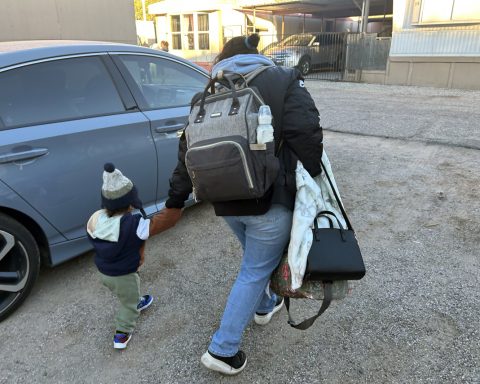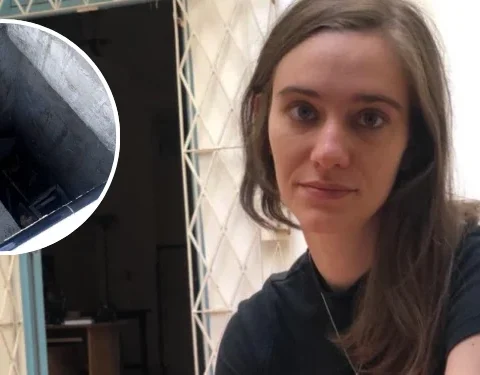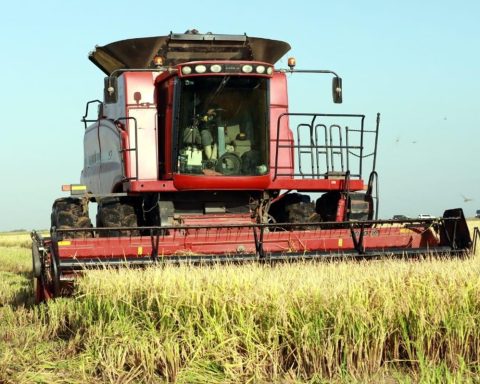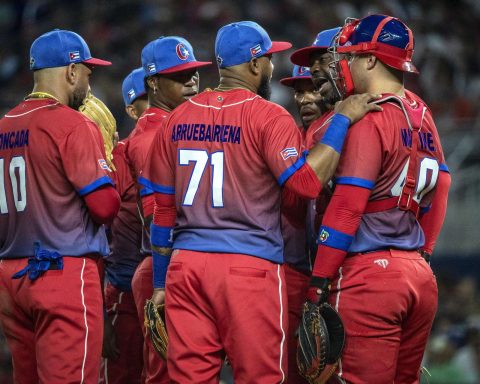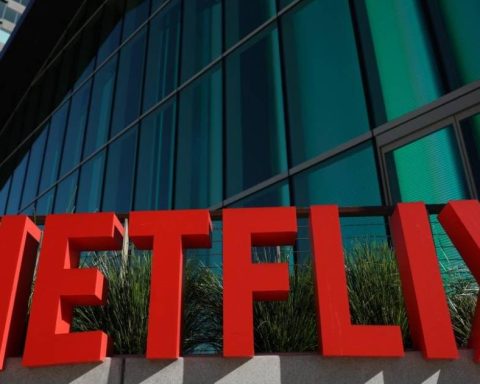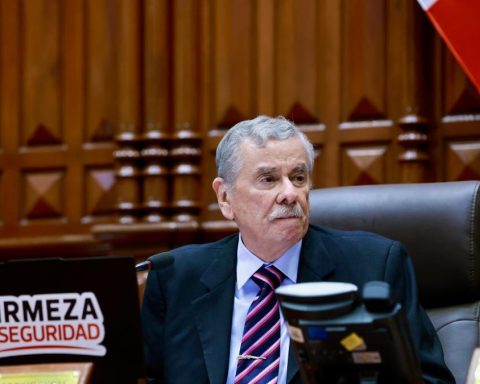The rise in COVID-19 still plaguing central California is so dire that health officials are pleading with state officials to facilitate the transfer of patients from hospitals to areas like Los Angeles County.
“We don’t have enough hospitals to serve the population and needs,” explained Fresno County Acting Health Officer Dr. Rais Vohra. Hospitals throughout the San Joaquin Valley “are constantly overcapacity, so they have dozens and dozens of patients in the emergency department.”
San Joaquin Valley officials expect a difficult winter. Vaccination rates are still relatively low, and in Fresno, the most populous county in the region, the COVID-19 hospitalization rate is four times what is seen in Los Angeles and Orange counties, and more than five times. than in the San Francisco Bay Area.
Hospitals are constantly operating beyond capacity and emergency rooms are still so full that ambulances are jammed, waiting outside hospitals to drop off patients, said Dale Dotson, operations coordinator for the United States Medical Services Agency. Central California Emergency.
Some hospitals are so overcrowded that ambulance patients suffering from strokes or cardiac-like symptoms are diverted to facilities other than typical to ensure that there are enough staff available to treat them when they arrive. Hospitals and ambulance providers continue to report staffing issues, Dotson reported.
San Joaquin Valley officials are pleading with California state officials to find a way to facilitate the transfer of patients from hospitals to other, less affected areas.
“It’s very difficult to transfer them to other counties in the state of California,” Vohra said. “When you look at Los Angeles, they have hundreds and hundreds of beds open in the county.”
“If we need to move patients to keep our hospitals operational, we should be able to do it with one or two phone calls. That is not the situation at the moment. That’s a point of frustration that we hear from multiple facilities, ”explained Vohra. “We’re really trying to decompress as much as possible in anticipation of those winter numbers.”
It was not immediately clear why Fresno County hospitals are reporting difficulties transferring patients to other parts of the state.
“The bureaucracy is quite opaque,” Vohra explained. “Obviously, all hospitals have a transfer center and they are very used to doing them. But that requires that other hospitals accept them ”.
The Los Angeles County Department of Health Services said in a statement that it “welcomes patients from other counties while ensuring that health care services are available to residents of our county.”
The San Joaquin Valley has the worst COVID-19 hospitalization rate in all of California, with nearly 800 coronavirus patients hospitalized in a region of more than 4 million people. By contrast, all of Los Angeles County has 558 COVID-19 patients, despite having a population of more than 10 million people.
For every 100,000 residents, Fresno County has 22 coronavirus patients in its hospitals; while Los Angeles and Orange have six; likewise, the San Francisco Bay Area has four. Some experts say it’s a sign of concern when the COVID-19 hospitalization rate is five or worse.
Only 55% of Fresno County residents are fully inoculated. Statewide, the rate is about 63%; it’s 65% in Los Angeles and Ventura; 66% in Orange County; 69% in San Diego and 78% in San Francisco.
A big test of late fall and early winter will be the weeks after Thanksgiving, when officials will watch COVID-19 numbers closely to see if a spike in holiday weekend gatherings emerges.
One possible scenario could be that the San Joaquin Valley is relatively affected by a winter increase, the San Francisco Bay Area is much less affected and Southern California is somewhere in between, explained Dr. Peter Chin. -Hong, an infectious disease expert at UC San Francisco.
An increase in infections in the Central Valley could put great pressure on local hospitals if many infected people are unvaccinated individuals, who are significantly more likely to become seriously ill, compared to those who have received their injections and are only suffering from infections of irruption.
“I think that, to a great extent, [el Valle Central] it will continue to come under pressure on hospital resources. So I think it’s very wise and prophetic of you to start making arrangements ”to prepare for a winter surge, Chin-Hong said.
Vaccinating children ages 5 to 11 will likely have a major effect on the severity of the winter surge in each region. While only 7% of Fresno County minors in this age range have received at least one dose of COVID-19 antigen, approximately 12% of them have received it in Los Angeles, San Diego and counties. Orange.
Rates in the Bay Area are much higher: 28% in Santa Clara, 30% in San Francisco, and 46% in Marin County.
“That will give the Bay Area even more force field compared to Southern California. So I think this area could be like the middle zone, ”Chin-Hong explained.
While some places in the state with low inoculation rates may not yet be experiencing an increase, one is likely to develop as the weather cools, sending people indoors, where transmission spreads from more efficient way.
Some places may be “working well, but that might not last. Once this starts, it becomes exponential, ”said Dr. Eric Topol, director of the Scripps Research Translational Institute in La Jolla.
The complete vaccination rate for the entire state of California, 63%, is still too low to hope that we have created a wall of immunity, Topol said. “If we were at 90% of the total population, 85%, something like that, then we would have a chance to stop this,” he said.
At the national level, the outlook looks bleak. Although cases and hospitalizations have recently stabilized in California, the nation is seeing a clear increase in cases; The United States now averages about 91,000 new coronavirus infections per day, up from 74,000 daily cases a month ago. New hospital admissions per day due to COVID-19 have increased 8% since November 1 across the country.
The regions’ performance during winter will also depend on how many adults receive their booster dose, Topol said.
“We know that their risk of serious disease is substantial” for inoculated people over 40 years of age who have not received a booster dose and are more than six months away from their initial vaccination series, he noted.
For young adults inoculated who have not received a booster, “their risk of symptomatic infection increases. The problem with that is that they can go on and infect other people. That is why I strongly believe that booster doses are vital as part of our defense. “
At a news conference in San Francisco on Monday, Governor Gavin Newsom promoted vaccines for children and boosters for adults.
Newsom cautioned that other states seeing increases in the disease, such as Michigan, Colorado and New Hampshire, are possible warning signs.
“I don’t want that to happen here in California,” Newsom explained. “Give yourself that booster shot.”
Dr. Anthony Fauci, President Biden’s chief medical adviser for the pandemic, agreed that weakened immunity among vaccinated people is a very real problem and urged individuals to get boosted.
“He has a diminishing immunity. Is a reality. We just have to face it, ”Fauci stressed Monday on CBS Mornings. “When you inoculate, you get a high degree of protection, but after several months, the immunity decreases. Even if he is infected and recovers, his immunity is lowered. “

